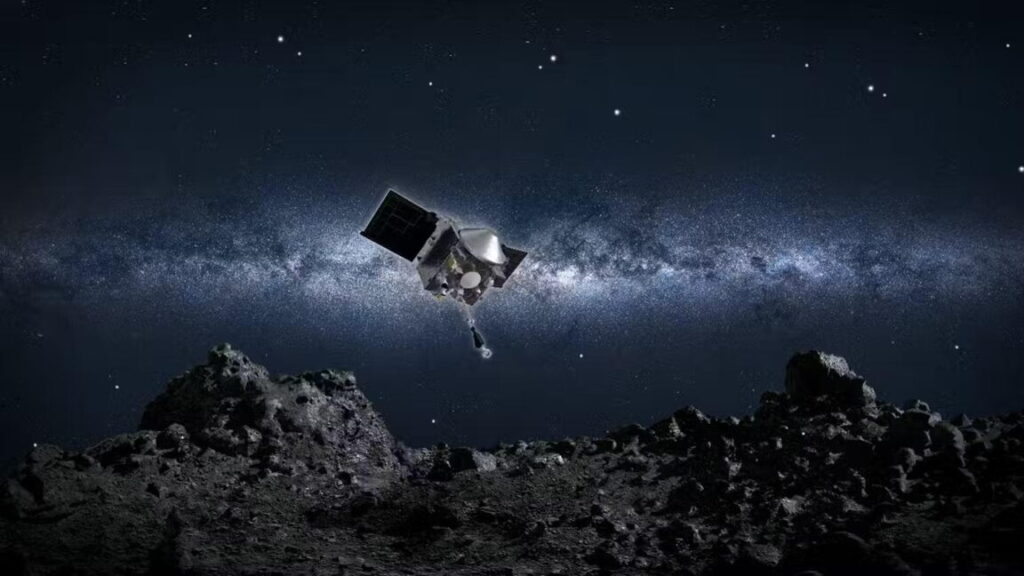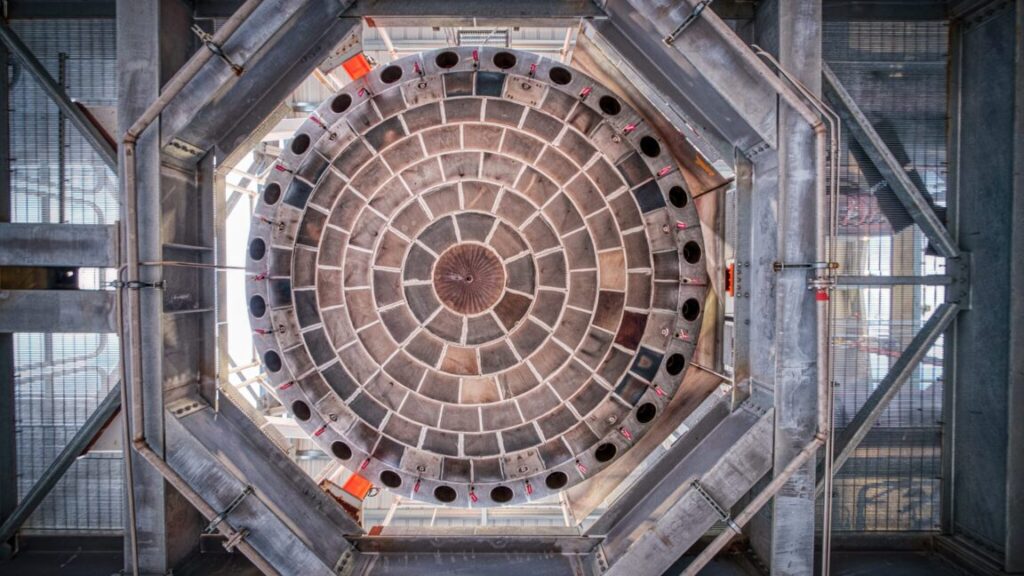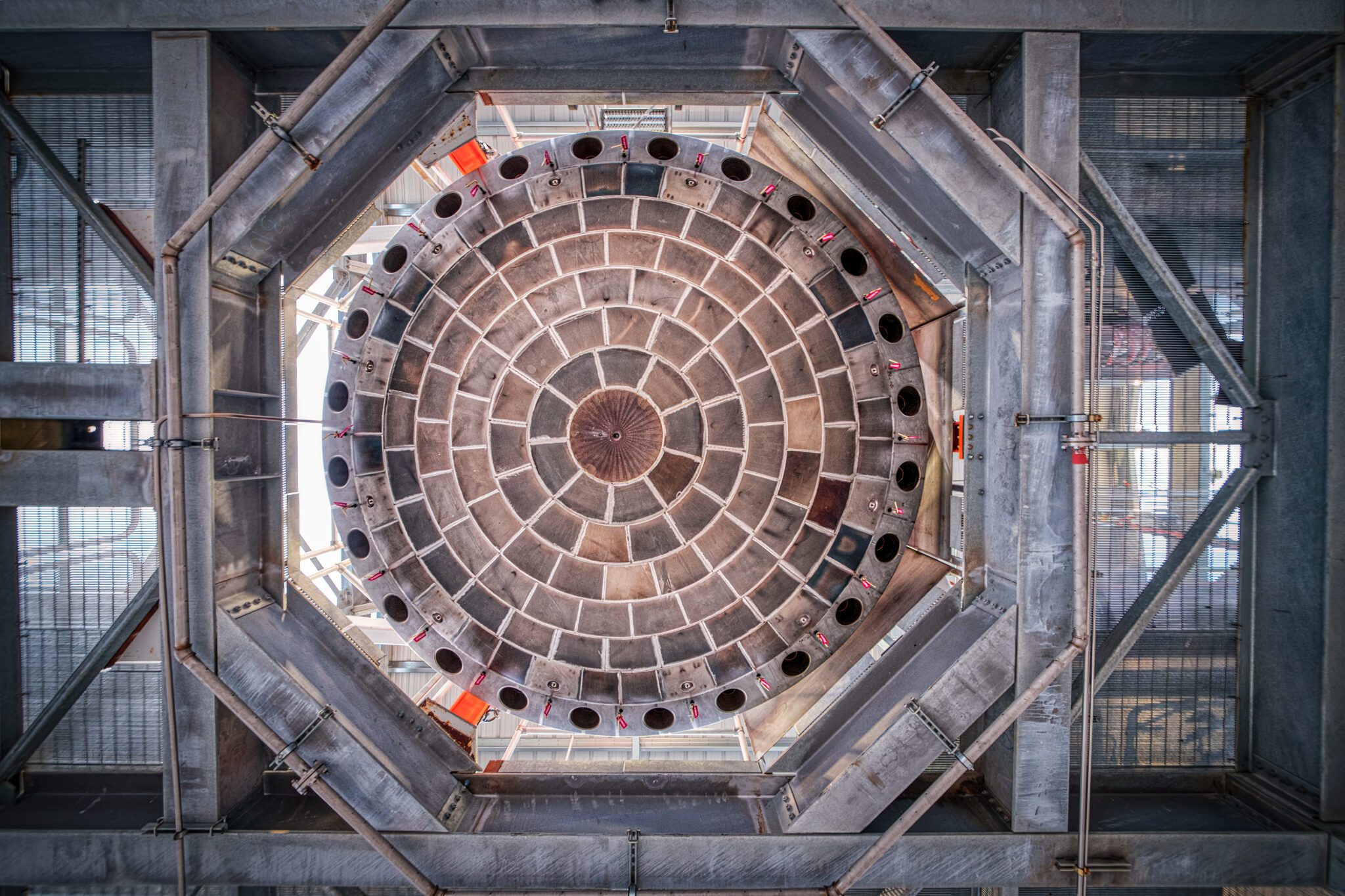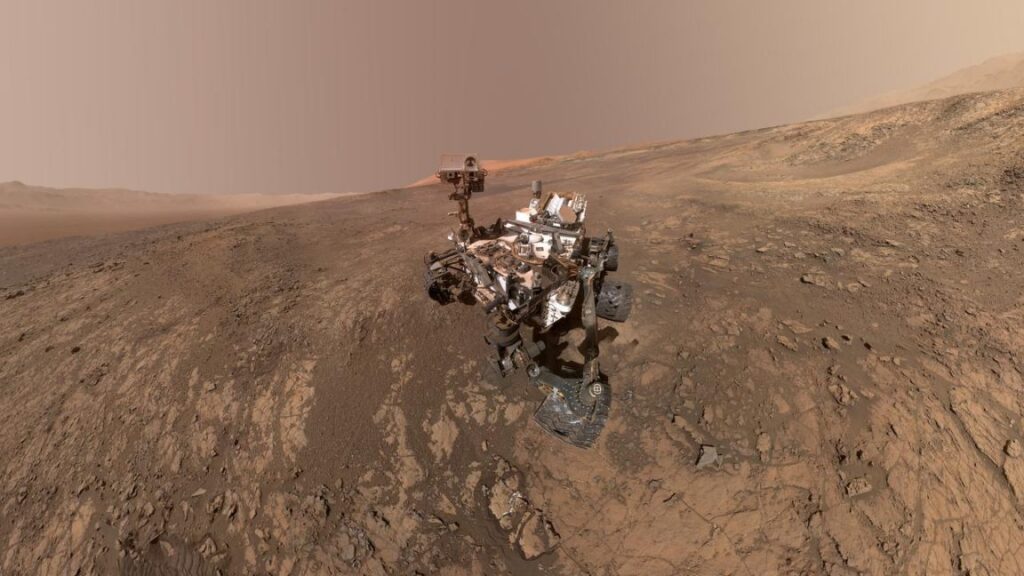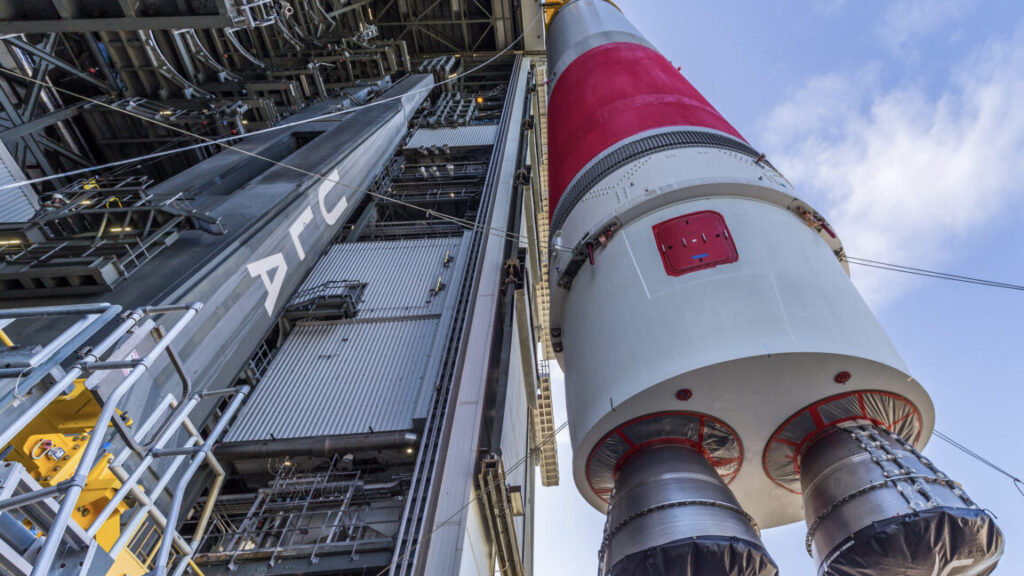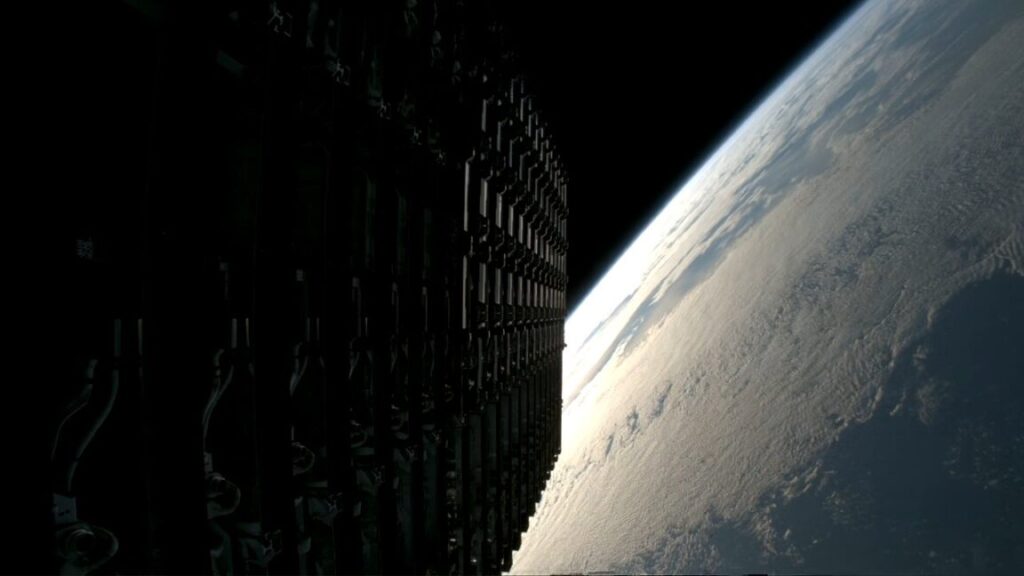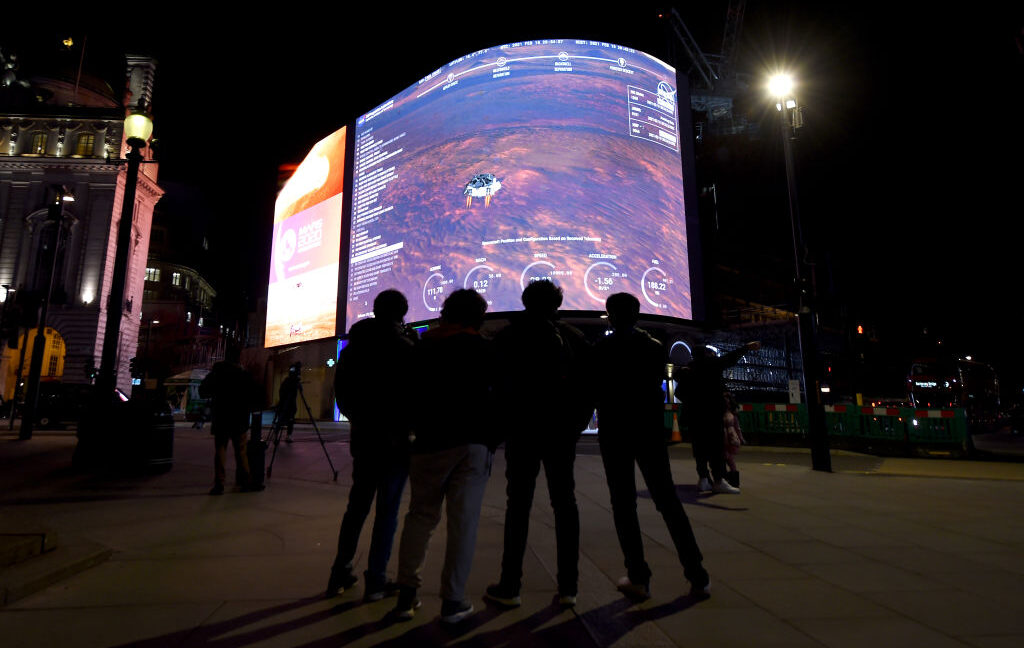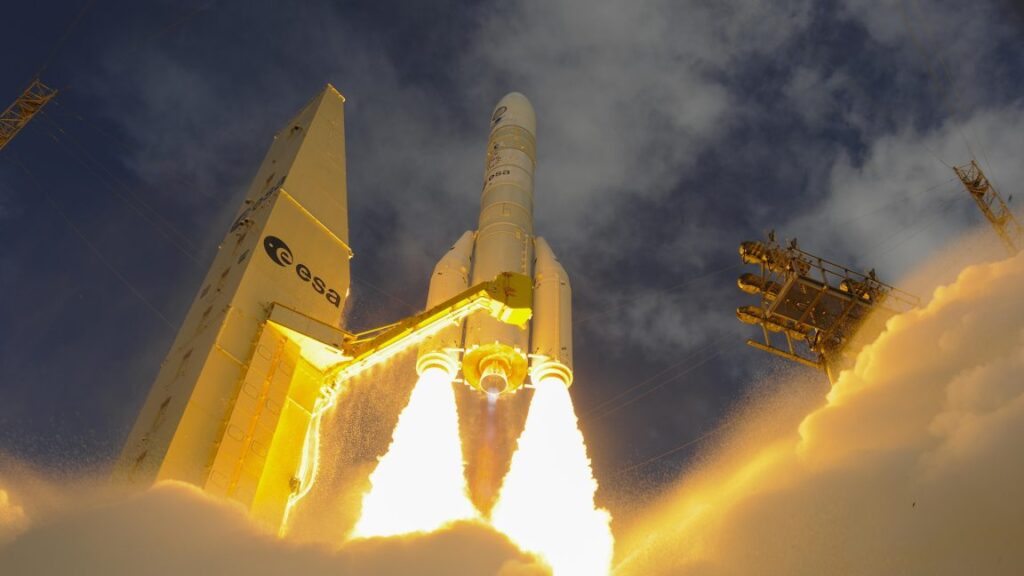By the end of today, NASA’s workforce will be about 10 percent smaller
Spread across NASA’s headquarters and 10 field centers, which dot the United States from sea to sea, the space agency has had a workforce of nearly 18,000 civil servants.
However, by the end of today, that number will have shrunk by about 10 percent since the beginning of the second Trump administration four weeks ago. And the world’s preeminent space agency may still face significant additional cuts.
According to sources, about 750 employees at NASA accepted the “fork in the road” offer to take deferred resignation from the space agency later this year. This sounds like a lot of people, but generally about 1,000 people leave the agency every year, so effectively, many of these people might just be getting paid to leave jobs they were already planning to exit from.
The culling of “probationary” employees will be more impactful. As it has done at other federal agencies, the Trump administration is generally firing federal employees who are in the “probationary” period of their employment, which includes new hires within the last one or two years or long-time employees who have moved into or been promoted into a new position. About 1,000 or slightly more employees at NASA were impacted by these cuts.
Adding up the deferred resignations and probationary cuts, the Trump White House has now trimmed about 10 percent of the agency’s workforce.
However, the cuts may not stop there. Two sources told Ars that directors at the agency’s field centers have been told to prepare options for a “significant” reduction in force in the coming months. The scope of these cuts has not been defined, and it’s possible they may not even happen, given that the White House must negotiate budgets for NASA and other agencies with the US Congress. But this directive for further reductions in force casts more uncertainty on an already demoralized workforce and signals that the Trump administration would like to make further cuts.
By the end of today, NASA’s workforce will be about 10 percent smaller Read More »
